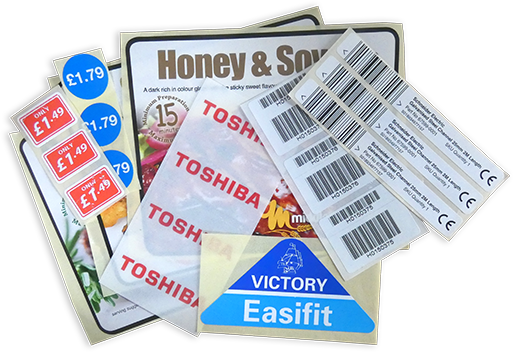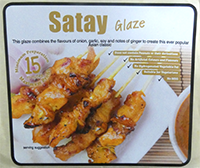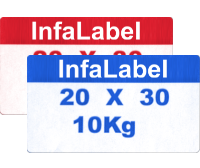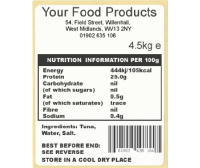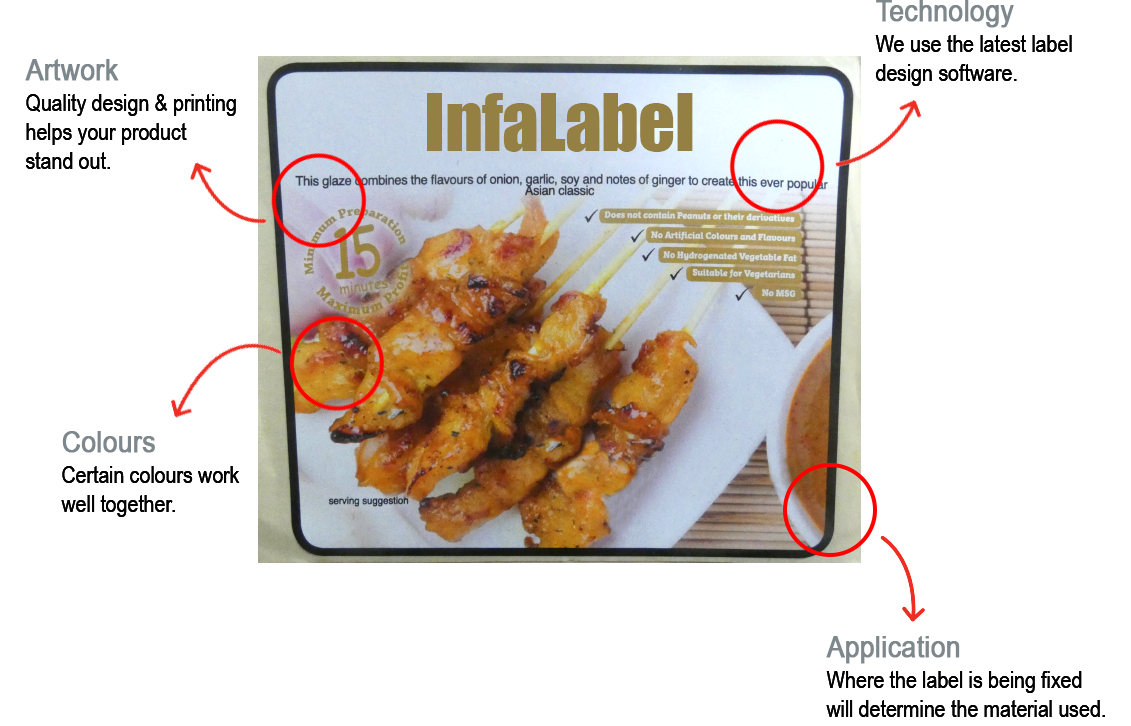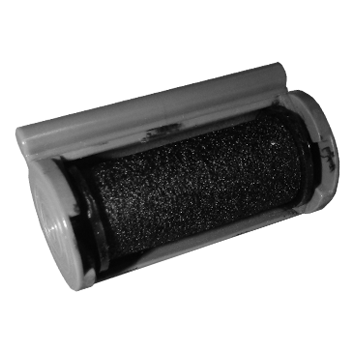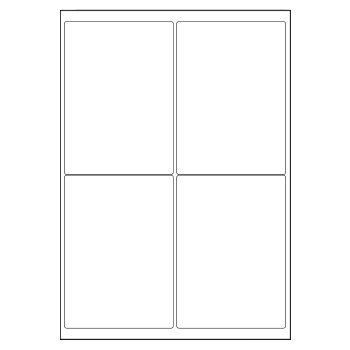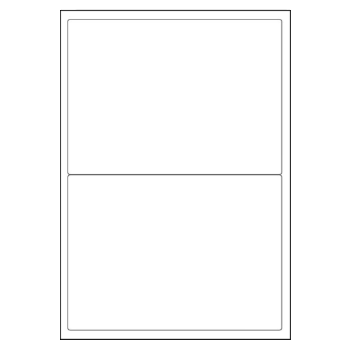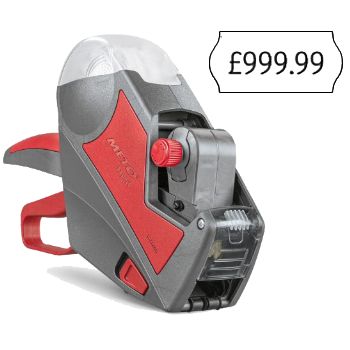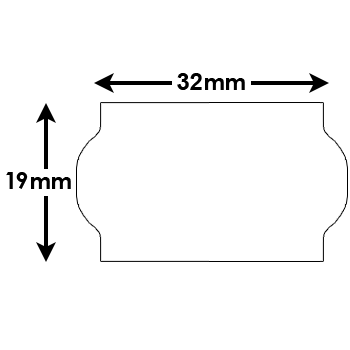BESPOKE LABEL DESIGN
Our friendly and experienced team will guide you through each step of the label design and printing process and will work with you to create a label that is tailor made for your business needs.
Your labels can be designed and printed on thermal transfer labels or direct thermal labels. Don't worry if you're not sure which is right for you - we can advise you.
A wide range of shapes and colours are available on permanent adhesive, removable adhesive, and freezer adhesive labels.
Three common methods of label printing are direct thermal label printing; thermal transfer label printing; and full colour process printing.
Our friendly and experienced team will guide you through each step of the label design and printing process and will work with you to create a label that is tailor made for your business needs.
Your labels can be designed and printed on thermal transfer labels or direct thermal labels. Don't worry if you're not sure which is right for you - we can advise you.
A wide range of shapes and colours are available on permanent adhesive, removable adhesive, and freezer adhesive labels.
Three common methods of label printing are direct thermal label printing; thermal transfer label printing; and full colour process printing.
